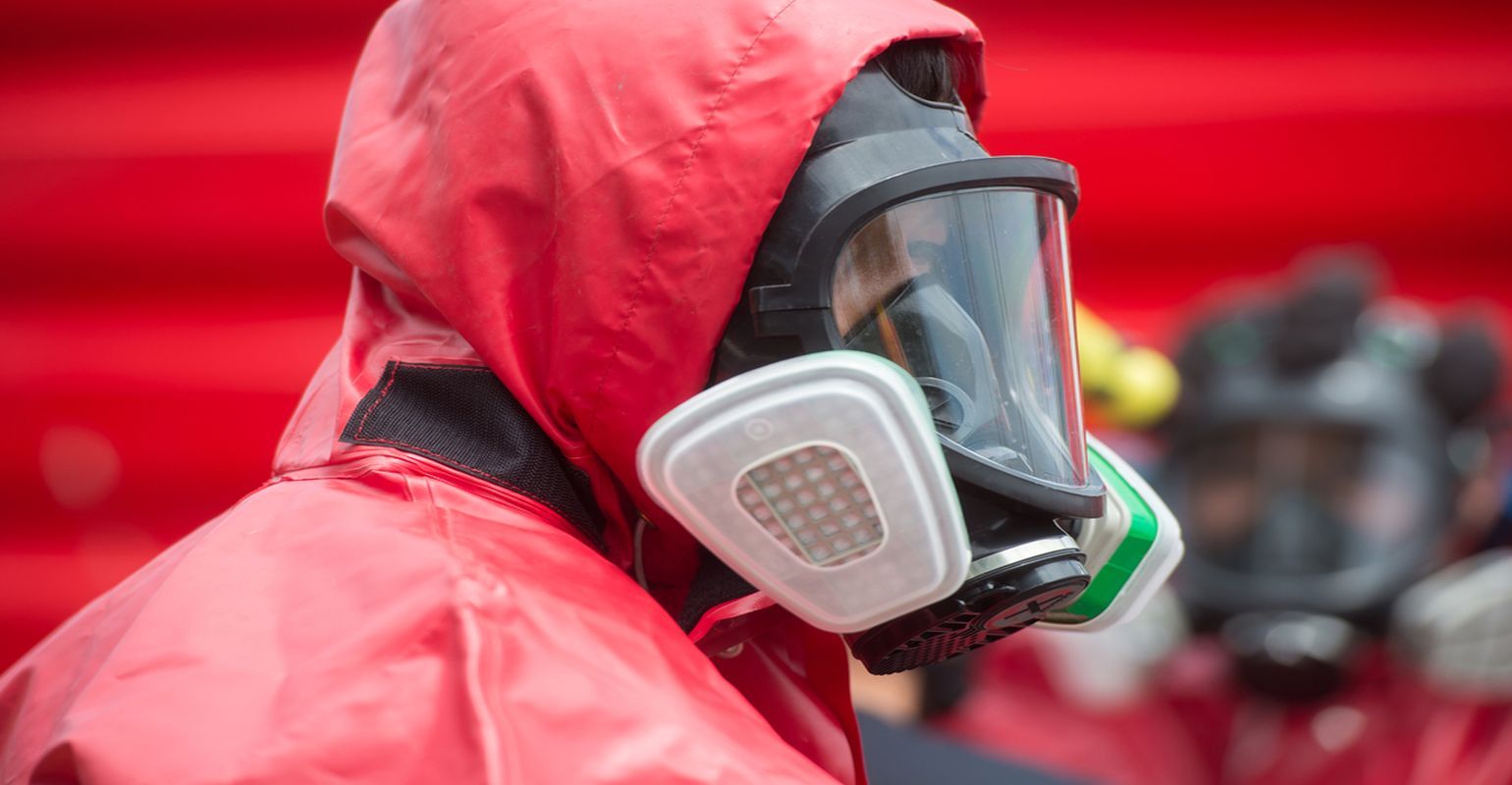New HHS-Sponsored Research Provides New Tool and Updated Guidance on Mass Chemical Decontamination

More than 1 million first responders and emergency managers in the United States now have a science-based chemical decontamination decision tool and updated guidance on how best to decontaminate a massive number of people after chemical exposure.
The decision-support tool and guidance, as well as the scientific studies on which they are based, were completed under a contract between the University of Hertfordshire in the United Kingdom and the Biomedical Advanced Research and Development Authority (BARDA), part of the Office of the Assistant Secretary for Preparedness and Response (ASPR) within the U.S. Department of Health and Human Services.
“When we began working with the University of Hertfordshire six years ago, our goal was to provide emergency managers and first responders with scientific evidence and guidance they needed to make fundamental and fast decisions on how to save the greatest number of lives in chemical emergencies,” said BARDA director Rick Bright, PhD. “Building on the first ground-breaking studies and guidance, we now have a larger body of scientific evidence that is incorporated into the latest guidance, and we have made it even easier for responders to use in preparing for disasters and on the scene in an emergency.”
This second edition of the guidance, called Primary Response Incident Scene Management (PRISM), incorporates new scientific evidence exit disclaimer icon on emergency self-decontamination, hair decontamination, the interactions of chemicals with hair, and the effects of a combined decontamination strategy referred to as the “triple protocol.”
PRISM introduces the “triple protocol” comprised of disrobing and conducting dry decontamination, wet decontamination using the ladder pipe system with high volume/low pressure water deluges from fire trucks, and technical (or specialist) decontamination. The clinical research showed that, taken together, the three steps of the triple protocol remove 99.9 percent of chemical contamination.
The latest clinical evidence indicates that the triple protocol exit disclaimer icon approach to decontamination is faster and more effective than traditional methods for treating chemically contaminated patients. The research also demonstrated that immediate “dry” decontamination using any available absorbent material can be highly effective as a stand-alone procedure when performed under the instruction of first responders, removing up to 99 percent of contamination.
“Disrobing and dry decontamination are steps that can be taken by the affected individuals themselves under the direction of response personnel, without waiting for equipment set up,” Bright noted. “The addition of dry decontamination to the overall response also minimizes the accumulation of hazardous material in the subsequent decontamination steps.”
The guidance suggests that emergency plans should address how the community will take specific preparedness actions. One important action would be to make enough absorbent materials available on emergency response vehicles so that emergency dry decontamination can begin as quickly as possible. Plans also should include how the community will provide washcloths and towels for use in wet decontamination, and blankets or temporary clothes to protect patients from hypothermia afterward. Hypothermia would be of particular concern in the winter in colder areas.
To further aid first responders and emergency managers, experts from BARDA, ASPR and the National Library of Medicine (NLM) at the National Institutes of Health collaborated with the University of Hertfordshire researchers to devise a decision-support tool called ASPIRE or the Algorithm Suggesting Proportionate Incident Response Engagement. The tool helps responders determine which decontamination approaches will work best in a given situation.
Using ASPIRE, emergency management planners and responders can tailor decontamination plans and emergency responses based on the chemical and the type of exposure, how quickly the chemical evaporates, and the amount of time that has passed since exposure.
ASPIRE and the guidance are integrated into the Chemical Hazards Emergency Medical Management (CHEMM) web-based resource created by ASPR and NLM as part of a suite of preparedness and emergency response tools that includes the CHEMM Intelligent Syndromes Tool (CHEMM-IST), Dermal Exposure Risk Management and Logic for Emergency Preparedness and Response (DERMaL eToolkit), and now ASPIRE. The guidance and ASPIRE also are incorporated into the latest edition of the WISER CHEMM mobile app, which is expected to be available in the coming days.
The PRISM guidance splits its information into three online volumes. The first volume explains the technical and scientific evidence, identifies capability gaps, and describes the corresponding rationale which underpins the revised incident response process. The second volume focuses on the practical aspects of the incident response with an accompanying rationale but no supporting technical information. This volume is intended for use in developing training and exercises. The third volume summarizes only practical and critical elements of the response process. This volume is intended to be a quick resource for use during an incident response.
The guidance can be found at www.medicalcountermeasures.gov
Source: HHS